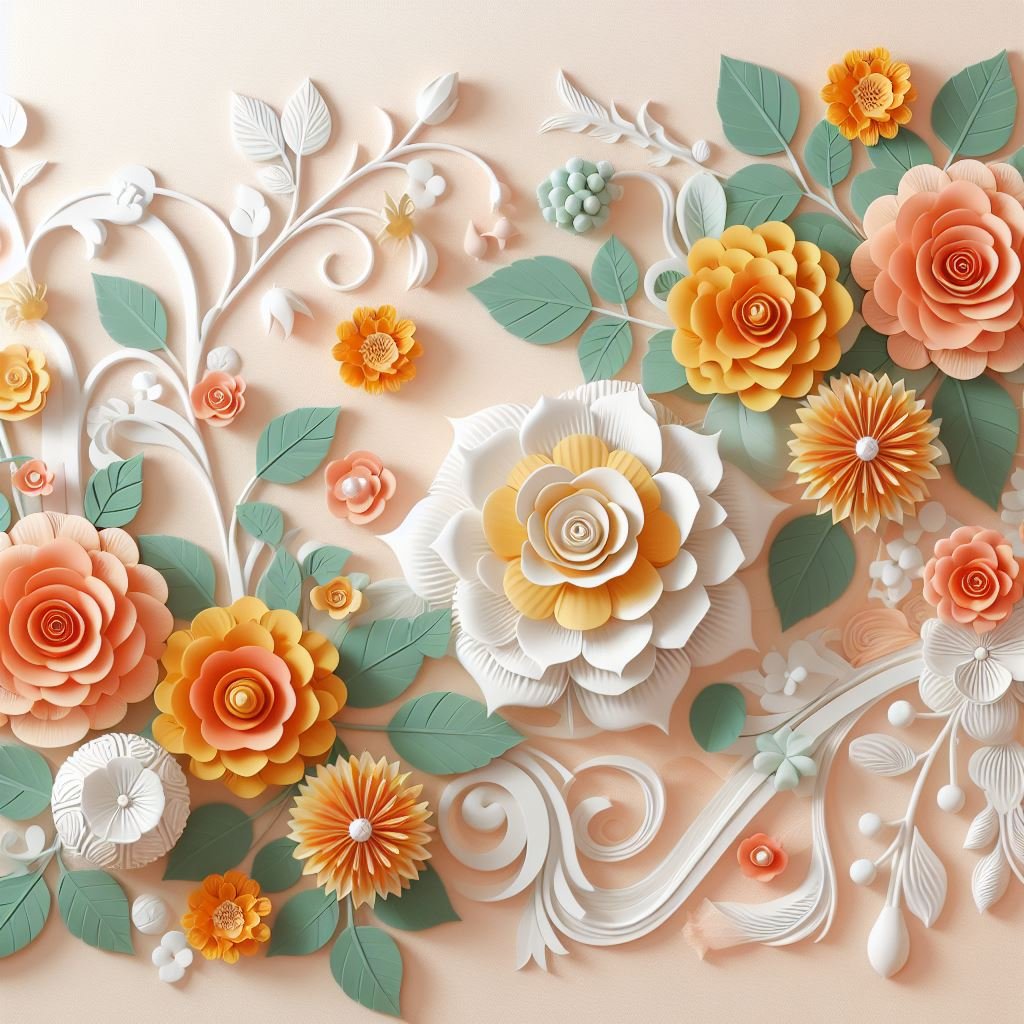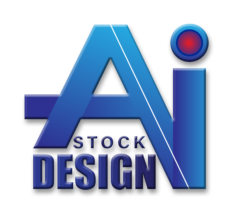AI tools for UX designers encompass software such as Adobe XD, Sketch, and InVision. These platforms facilitate design prototyping, collaboration, and user testing.
User experience (UX) designers now have an impressive array of AI-powered tools at their fingertips to streamline and enhance their workflows. These tools are designed to optimize the design process, ensuring that the end-user experience is both intuitive and engaging.
By leveraging artificial intelligence, UX designers can quickly generate design concepts, test usability, and gather user feedback effectively. These AI tools also assist in creating more personalized user experiences by analyzing large volumes of user data to identify trends and patterns. Adopting such technology not only saves time but also helps designers stay ahead of the curve in a rapidly evolving digital landscape. With the constant advancement in AI, these tools are becoming more sophisticated, providing UX designers with innovative solutions to complex design challenges.

Table of Contents
Defining AI for UX Designers
Welcome to the frontier of design, where Artificial Intelligence (AI) reshapes user experience (UX) at a remarkable pace. AI tools offer unparalleled capabilities, turning complex UX challenges into seamless experiences. Let’s dive deeper into how AI is revolutionizing the world for UX designers.
Understanding The Basics
AI stands for Artificial Intelligence, a field in computer science. It focuses on creating smart machines that work and react like humans. For UX designers, AI offers valuable insights and automates routine tasks. This allows more time for creative work, making designs user-friendly.
- Machine Learning: A type of AI that learns from data.
- Natural Language Processing: Helps computers understand human language.
- Neural Networks: Mimic the human brain to make decisions.
Applications In UX Design
AI technologies enhance the UX design process in many ways. From automating user research to creating personalized experiences, the applications are vast.
| AI Application | Impact on UX |
|---|---|
| User Analytics | Improves understanding of user behavior |
| Personalization | Offers tailored experiences to users |
| Chatbots | Provides instant user support |
AI also predicts design trends and generates prototypes, making the design process faster. UX designers are now equipped to craft solutions once thought impossible.

Impact of AI on UX Design
The world of UX design is changing fast. Thanks to AI, creating user interfaces that are both attractive and functional has never been easier. AI tools bring new ways to understand and respond to user needs. Here’s how AI is making a splash in UX design.
Enhanced User Experience
AI revolutionizes how users interact with digital products. By learning from user behavior, AI can predict and adapt to users’ preferences. This means:
- Personalized content: AI tailors experiences to individual needs.
- Smart interfaces: AI suggests actions, simplifying user tasks.
- Accessibility improvements: AI helps make designs usable for all.
Deeper Insights
With AI, UX designers can uncover layers of data about their users. This leads to:
| Precise analytics: | AI analyses large datasets for better decision-making. |
| Behavior patterns: | AI detects trends, helping to forecast future actions. |
| Emotion recognition: | AI understands emotional responses for design empathy. |
Increased Efficiency
AI speeds up the design process in several ways, such as:
- Automating tasks: frees up time for creative thinking.
- Quick prototypes: AI generates design mockups instantly.
- AI-assisted coding: speeds up the development stage.
Ai-powered Ux Tools
The design world has been revolutionized by AI-powered UX Tools that streamline the creative process. UX designers now have at their disposal innovative tools that leverage AI to simplify tasks from wireframing to testing user experience. These tools not only save time but also ensure designs meet user needs more effectively.
Wireframing And Prototyping
- Automated Layouts: AI tools quickly generate wireframes, allowing for rapid iteration.
- Smart Prototypes: AI algorithms predict user interactions for realistic prototypes.
- Efficiency: Designers can produce more with less time spent on manual tasks.
Visual Design
AI breathes life into visual design with features that were once dreams:
- Color Schemes: AI suggests harmonious color palettes based on user psychology.
- Font Pairing: Match fonts effortlessly with AI’s understanding of typography.
- Image Editing: AI-powered tools enhance images without manual intervention.
Content Creation
Copywriting becomes a breeze as AI tools offer:
| Features | Benefits |
|---|---|
| SEO-optimized Headlines | Attract more clicks. |
| Content Suggestions | Stay relevant to user interests. |
| Language Models | Create a clear, concise copy. |
Usability Testing
With AI, usability testing transforms:
- Instant Feedback: Receive user reactions in real-time.
- Heat Maps: Visualize where users click and look effortlessly.
- Analytics: Understand user behavior with automatic data analysis.
Challenges And Limitations
UX designers often turn to AI tools to enhance the user experience. Yet, obstacles can arise. These tools may conflict with current practices, raise ethical concerns, or cause over-reliance. Below, we dive into these challenges and limitations, giving a clear picture of what to anticipate.
Data Privacy And Ethics
Handling user data with care is crucial. AI tools process large user data amounts. This raises questions:
- Who owns the data?
- How is it used?
- Is user consent clear?
Privacy laws, like GDPR, dictate strict rules. Designers must ensure AI complies.
Dependence on Ai
With AI’s efficiency, a new risk emerges: over-reliance. Designers might depend too much on AI, hindering creativity. Interpretation skills may wane. It’s key to maintain a balance. Use AI as a tool, not a crutch.
Integration With Existing Workflows
Merging AI tools with current systems poses challenges. Compatibility issues can slow processes. Some tools may not align with team dynamics. Assessing the team’s needs upfront is essential. Training might be required to ensure smooth integration.
Future of AI in UX Design
The future of AI in UX Design gleams with limitless possibilities. Designers eagerly anticipate how these intelligent tools can streamline their workflows. AI is set to radically transform user experience design, making it more intuitive, personalized, and efficient. Let’s explore the future where AI is an integral part of the UX design process.
Emerging Trends
Behind the digital curtain, AI is scripting a new era for UX designers. These emerging trends show AI’s capacity to craft landscapes where user needs meet design innovation.
- Intelligent Design Assistance: AI tools can now suggest design elements by analyzing user data.
- Real-time User Feedback Analysis: Instant feedback assimilation helps refine interfaces swiftly.
- Automated Usability Testing: AI conducts tests with unmatched speed, revealing actionable insights.
- Adaptive Interfaces: Interfaces that adjust to user behavior enhance personalized experiences.
Potential Developments
AI’s trajectory in UX design hints at potential developments that could redefine the role of a designer. Here are a few to look out for:
- Smarter Prototyping: Design prototypes may evolve based on real-time user interactions.
- Content Generation: AI could generate dynamic content tailored to individual users.
- Design Personalization: Deep learning may result in interfaces that adapt on-the-fly to user needs.
- Cross-platform UX Consistency: AI could ensure a seamless user experience across diverse devices.
In essence, UX designers can look forward to a future where AI amplifies their creative potential. User experiences will become more seamless, as AI and design converge to create user-first platforms.
Examples of Successful AI-powered UX Design
UX design steps into the future with AI assistance. AI tools boost creativity and efficiency. They help designers craft better user experiences. Here are successful AI-powered UX design examples. Each stands out in the digital landscape.
Google Assistant
Google Assistant stands as a pinnacle of AI in UX design. It offers users swift, personalized assistance. Below are its key points:
- Smart Interaction: It engages users with natural dialogue.
- User Context: It understands and remembers user preferences.
- Seamless Experience: It integrates with multiple devices and apps.
Chat Gpt
Chat GPT revolutionizes user interaction through text. This AI enhances UX in remarkable ways:
- Natural Conversations: It talks like a human, making users comfortable.
- Learning Ability: It grows smarter from each interaction.
- 24/7 Availability: It supports users anytime, boosting satisfaction.
Leonardo Ai
Leonardo AI unlocks new potentials in UX design. Heavy tasks turn light with Leonardo. Here are the highlights:
| Feature | Benefit |
|---|---|
| Data Analysis | Understands user data for tailored experiences. |
| Automation | Speeds up the design process with smart tools. |
| Machine Learning | Improves features based on user feedback. |
Frequently Asked Questions on Ai Tools For Ux Designers
Is there AI for UX design?
Yes, AI tools exist to assist with UX design, aiding in tasks like user testing, layout design, and accessibility improvements. These tools streamline the design process and enhance user experience.
Can Ai replace UX designers?
AI cannot fully replace UX designers. It can assist with design tasks but lacks the deep understanding of human experiences and emotional nuances that human designers provide.
Which AI tool generates UI design?
The AI tool Adobe XD uses artificial intelligence to generate UI designs efficiently and effectively.
Conclusion
AI tools are revolutionizing UX design, offering powerful solutions for creative hurdles. They streamline workflows and enhance the user experience. Embracing these innovations can elevate your designs to new heights. Stay informed and integrate AI technology to remain at the forefront of UX trends.
